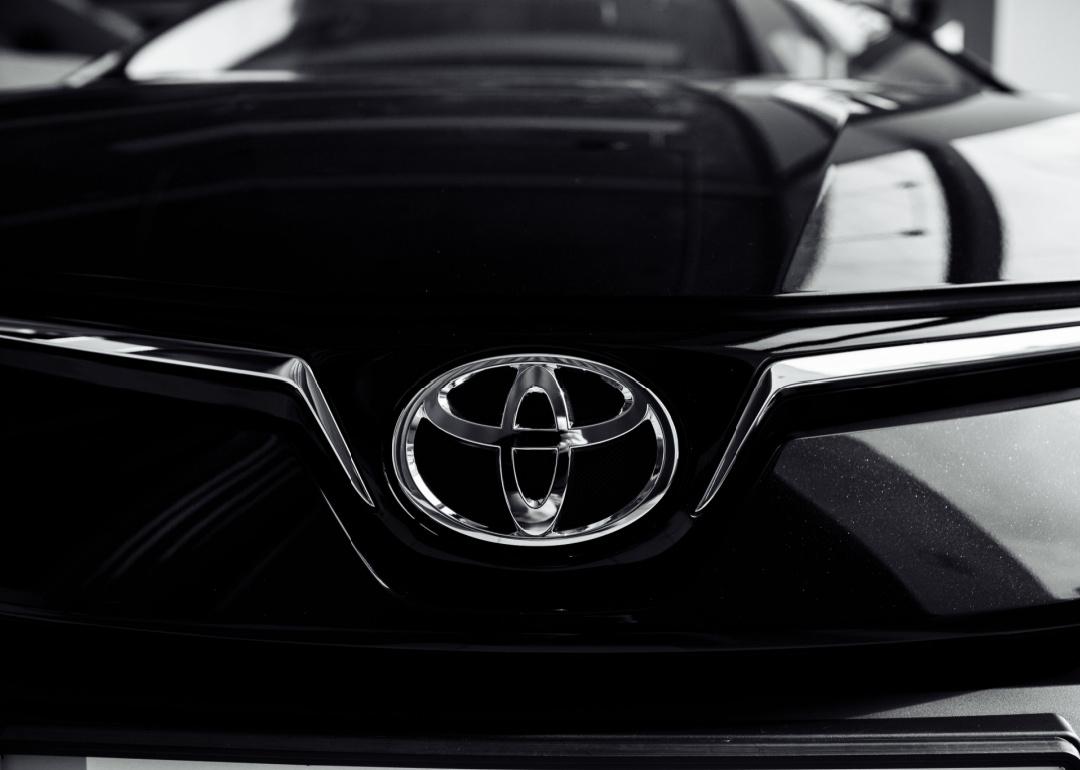
15 cars that have depreciated the most in 2021
This story originally appeared on CoPilot and was produced and distributed in partnership with Stacker Studio.
15 cars that have depreciated the most in 2021
Every new car depreciates in value once it's driven off the lot—but in the months and years that follow, some cars retain significantly more value than others. Today, that information is more valuable than ever: The resale market in 2020 was more than three times larger than the market for new cars, with 39.3 million used vehicles sold as opposed to 14 million new ones.
CoPilot looked to its database of new and used vehicle sales to determine which vehicle models saw the highest average depreciation in 2021. The vehicles are ranked according to the average depreciation of a vehicle model from 2018 to 2020. Ties are broken by the average depreciation of 2014 through 2017 models. CoPilot's data is current as of Aug. 10, 2021.
Luxury cars generally offer widespread appeal to those who buy them new as status symbols. But once these vehicles hit the resale market, the fancy bells and whistles are far less important than the car's reliability, fuel economy, and reputation. Luxury and electric vehicles are two groups that see some of the biggest depreciation, and a car using fuel only available at 52 stations in California takes the top spot on our list.
While certain factors outside of a vehicle's make and model also affect depreciation—such as the number of owners or maintenance and accident history—there are certain vehicle models with higher-than-average depreciation regardless of upkeep. If you're in the market for a car, these makes and models deserve your careful attention as they may not recoup much value when traded in. That said, if you're in the market for a used vehicle, the cars on this list may offer a great deal when purchased pre-owned rather than new if they have amenities that work with your lifestyle.
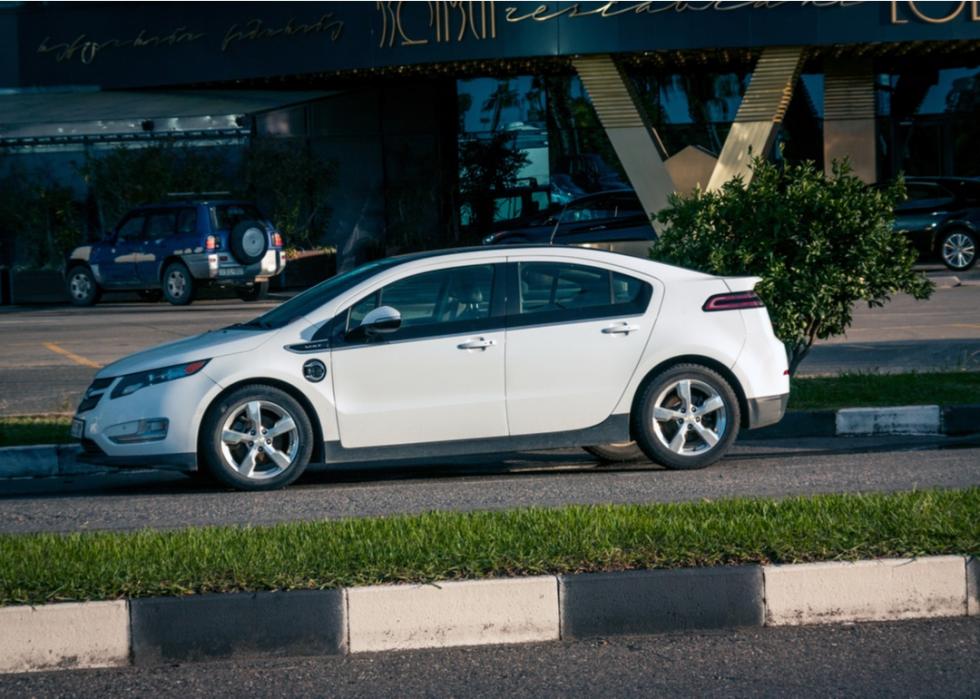
#15. Chevrolet Volt
- Average depreciation of models purchased between 2018-2020: 38.7% ($20,333 average cost)
- Average depreciation of models purchased between 2014-2017: 52.3% ($15,836 average cost)
- Average price of new vehicle: $33,182
Chevy Volts are some of the most popular electric vehicles that aren't Teslas, according to InsideEVs. Like many new electric vehicles, Chevy Volts purchased between 2011 and 2019 qualified for a federal tax credit up to $7,500. This is a benefit to new owners, but is also one of the reasons Volts and other EVs depreciate so quickly: That tax credit incentive only goes to the first owner. EVs are also evolving more rapidly than the traditional car market, with advances in the newest models making old models less attractive by comparison.
Still, EVs are a small share of the new- and used-vehicle markets making steady gains in popularity. Even the COVID-19 crisis did not slow Volt sales: As of October 2020, year-over-year sales were up 17.6%. While the overall car sales were down 15% in 2020 compared to 2019, sales of all EVs were up 4% in the U.S.
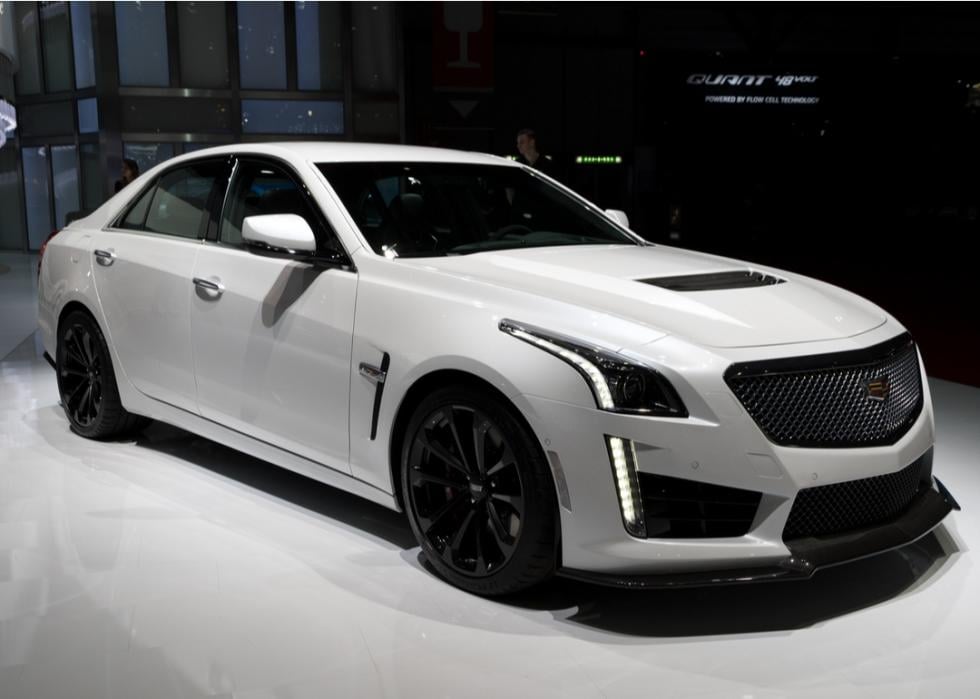
#14. Cadillac CT6 Hybrid
- Average depreciation of models purchased between 2018-2020: 39.0% ($39,498 average cost)
- Average depreciation of models purchased between 2014-2017: 47.5% ($33,961 average cost)
- Average price of new vehicle: $64,747
The Cadillac CT6 Hybrid was in production through 2019. When Cadillac ended production of the hybrid, it ended the only electric vehicle offered in its line-up—though it still produces the non-electric version of the luxury sedan. The high costs of repairs and maintenance contribute to the depreciation of these vehicles. Not helping the resale value of the CT6 Hybrid is broad consumer preference for SUVs over sedans.
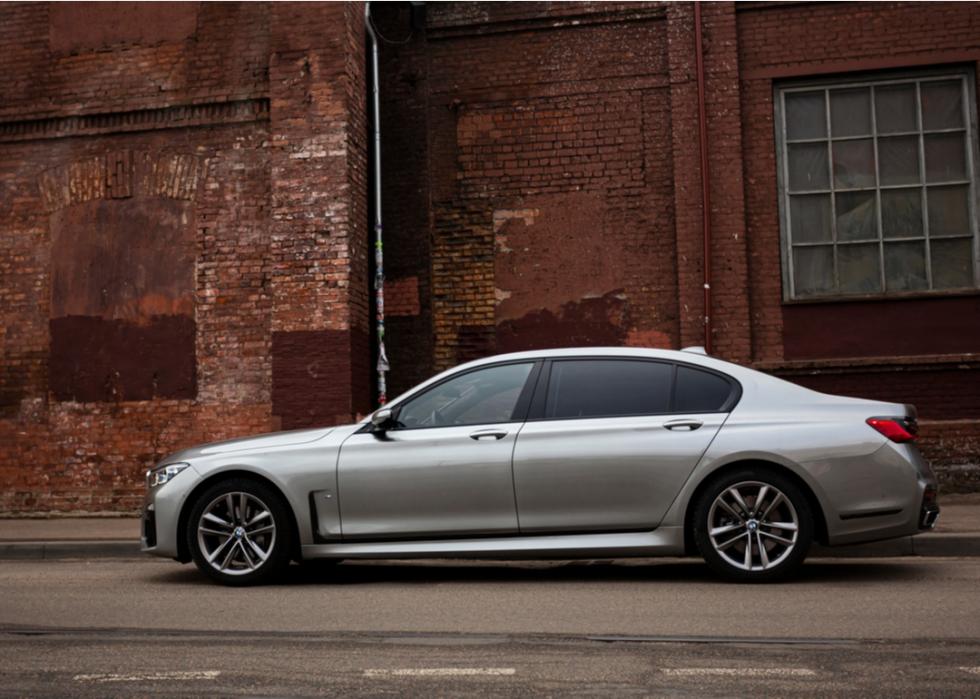
#13. BMW 7 Series
- Average depreciation of models purchased between 2018-2020: 39.1% ($65,090 average cost)
- Average depreciation of models purchased between 2014-2017: 64.8% ($37,634 average cost)
- Average price of new vehicle: $106,836
The BMW 7 Series is a luxury car with all the trimmings, including leather interiors and the panoramic "Sky Lounge" moonroof. In addition to the luxury associated with a BMW, the 7 Series comes equipped with the latest technology, including touchscreens and massage seats. But that fancy tech may be one reason these cars depreciate so rapidly: The technology becomes outdated any time a new model comes out. For purchasers of new luxury cars, having the latest, most modern version equates to status. But once those cars hit the used vehicle market, what was the latest tech is now old news. BMWs are also notoriously more expensive than other car manufactures to maintain.
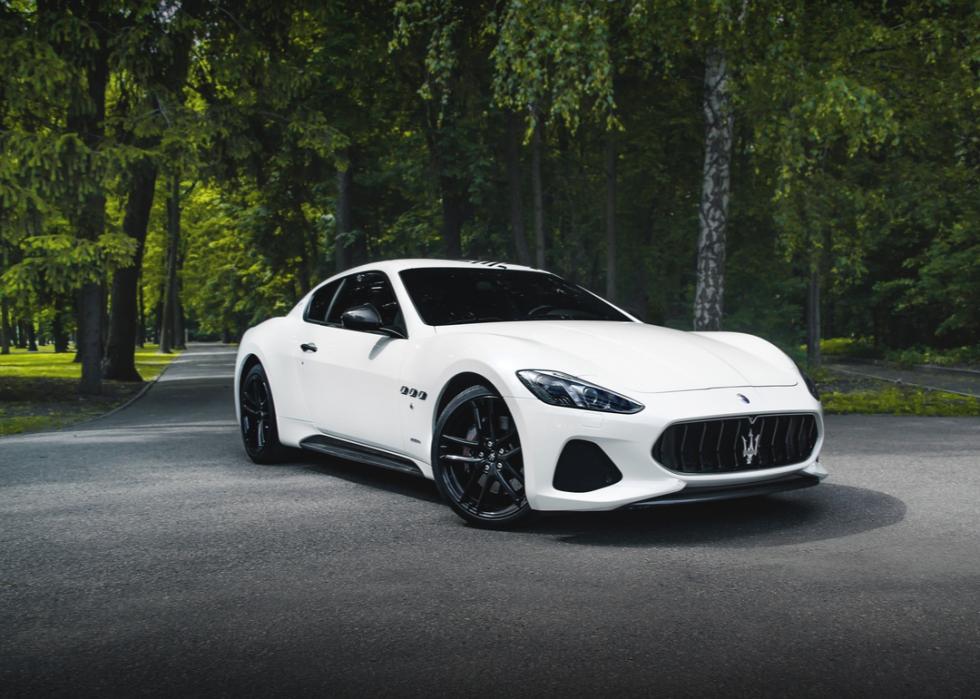
#12. Maserati GranTurismo
- Average depreciation of models purchased between 2018-2020: 39.2% ($94,976 average cost)
- Average depreciation of models purchased between 2014-2017: 59.5% ($63,301 average cost)
- Average price of new vehicle: $156,159
2020 saw a significant slide in Maserati sales worldwide, down to 17,000 units sold from 19,000 in 2019. But the COVID-19 pandemic can't be totally blamed, as 2019's numbers were down from 2018's, which in turn were down from 2017's. Niche and luxury cars like the ones made by Ferrari tend to depreciate because they are very high in maintenance costs, with basics like breaks and tires wearing out much more quickly than more boring but practical cars. Finding someone to repair such a specific car can also be a challenge.
Maserati is releasing an all-new GranTurismo for 2022 with electric and hybrid versions in addition to the gasoline version. With a max speed of 186 mph and 454 horsepower, this Ferrari-built luxury vehicle is plenty powerful. But while the trend toward electric vehicles (even during the pandemic slow-down) might seem like a good sign for the electric and hybrid '22 GranTurismos, the growing interest is hindered by consumers honoring practicality over the cool factor.
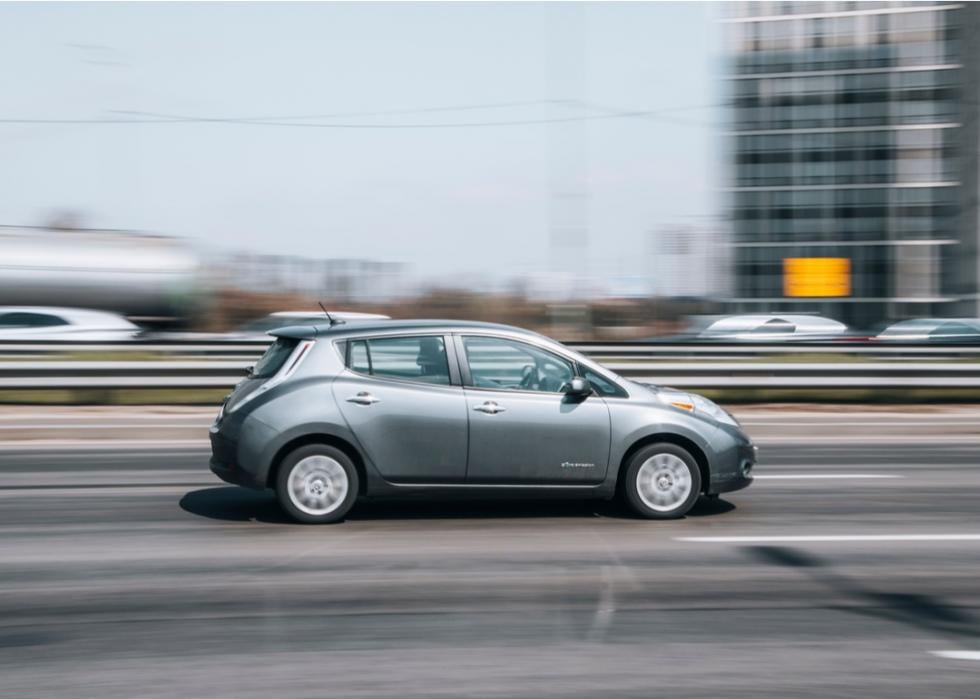
#11. Nissan Leaf
- Average depreciation of models purchased between 2018-2020: 39.2% ($21,847 average cost)
- Average depreciation of models purchased between 2014-2017: 68.8% ($11,225 average cost)
- Average price of new vehicle: $35,962
The Nissan Leaf is a 100% electric vehicle that has been in production since 2010. The newest models can travel up to 235 miles on a single charge. However, until 2017, the maximum distance per charge was only 100 miles. The frequent need to top up the battery could be a reason Leafs depreciate so quickly. Another reason is the lack of a battery cooling system, which means the expensive-to-replace batteries deteriorate faster than those of other EVs.

#10. Chevrolet Express
- Average depreciation of models purchased between 2018-2020: 40.0% ($23,667 average cost)
- Average depreciation of models purchased between 2014-2017: 53.1% ($18,490 average cost)
- Average price of new vehicle: $39,452
Sales of Chevrolet Express fell nearly 23% in the first quarter of 2020—likely due to the pandemic, which led to idle plants because of supply chain issues and a hesitancy among consumers to purchase new cars. The Express is a basic, older model of a van popular among delivery fleets. It depreciates a bit faster than comparable vans because it doesn't steer or handle as well as other vehicles in its class and is cumbersome for city driving. General Motors plans to release an electric commercial vehicle, and the upgrade may entice buyers looking for a greener van with more bells and whistles.
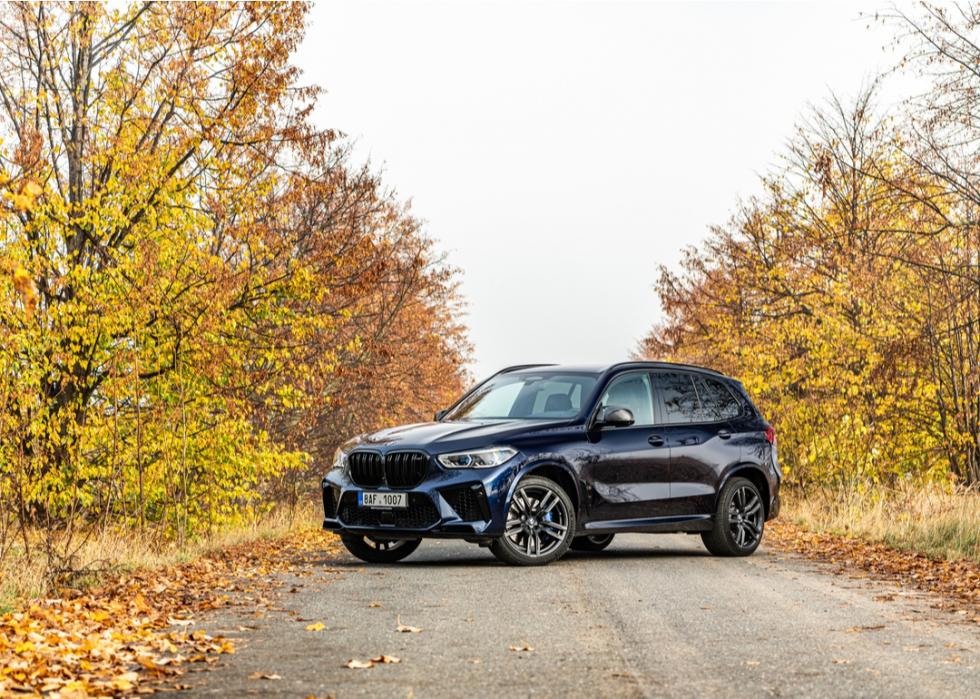
#9. BMW X5 M
- Average depreciation of models purchased between 2018-2020: 40.2% ($73,789 average cost)
- Average depreciation of models purchased between 2014-2017: 54.0% ($56,723 average cost)
- Average price of new vehicle: $123,423
The BMW X5 M is a mid-size, sporty SUV. The X5 is more expensive and requires more gas than some of its competitors. The standard V8 engine boasts 600 horsepower and smooth handling. However, BMWs have a reputation for depreciation—about 1.5 times more than the average car. BMWs rank lower than competitor luxury brands when it comes to resale value. Fourth-quarter 2021 YOY sales did increase 3.2%, however, suggesting a recovery from the COVID-19 slump.
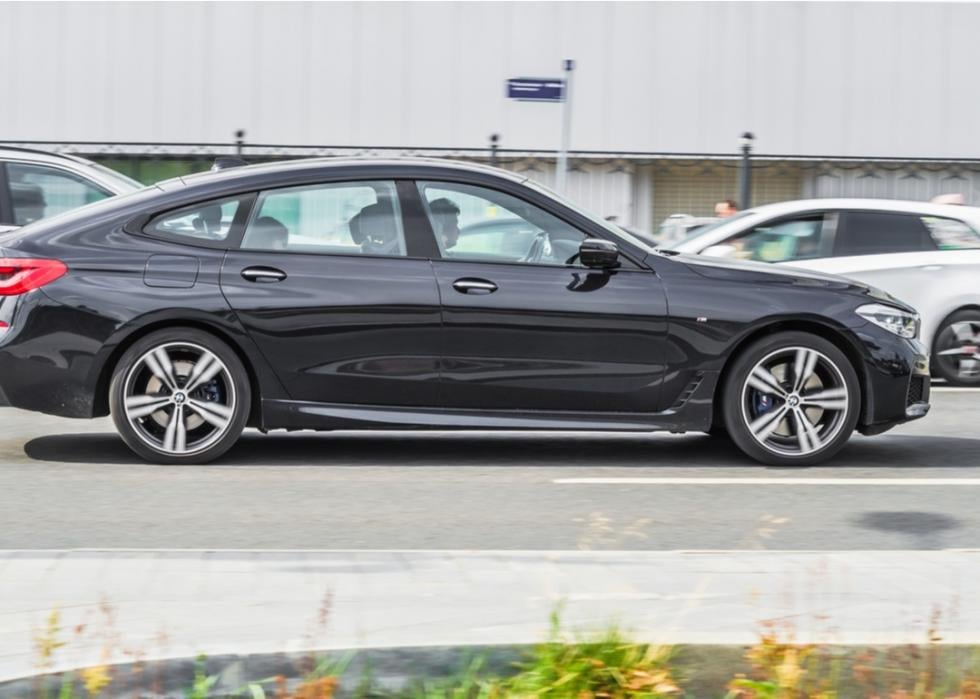
#8. BMW 6 Series
- Average depreciation of models purchased between 2018-2020: 41.4% ($63,069 average cost)
- Average depreciation of models purchased between 2014-2017: 65.0% ($37,689 average cost)
- Average price of new vehicle: $107,669
The BMW 6 Series comes as a sedan or hatchback, each with plenty of space to haul cargo. However, if you're bringing passengers along, the rear seating isn't very roomy. The 6 Series doesn't handle as well as other luxury models, either—a mark against the model, considering BMWs usually handle well. Like other makes, this BMW model suffers for its well-known tendency to be high-maintenance. BMW stopped producing new 6 Series vehicles in 2019.
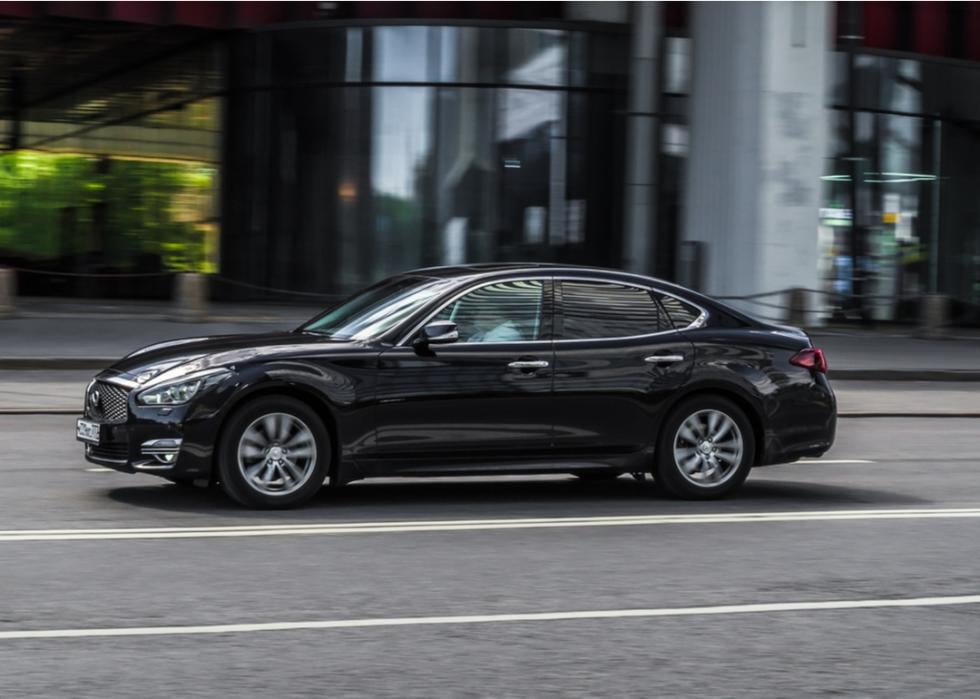
#7. Infiniti Q70
- Average depreciation of models purchased between 2018-2020: 42.6% ($31,265 average cost)
- Average depreciation of models purchased between 2014-2017: 54.1% ($24,973 average cost)
- Average price of new vehicle: $54,444
The Infiniti Q70 is a five-seat, midsize luxury car with a powerful engine and plenty of room in the cabin. Downsides include poor gas mileage along with outdated technology that in some cases dates back to 2011. The ownership costs—including insurance, fuel, taxes, and repairs—are more costly than comparable cars in its class. Like other luxury cars, the Infiniti Q70's resale value plummets after it's bought new: The status it symbolizes ceases to carry the same weight after a few years, at which point they become expensive to maintain.
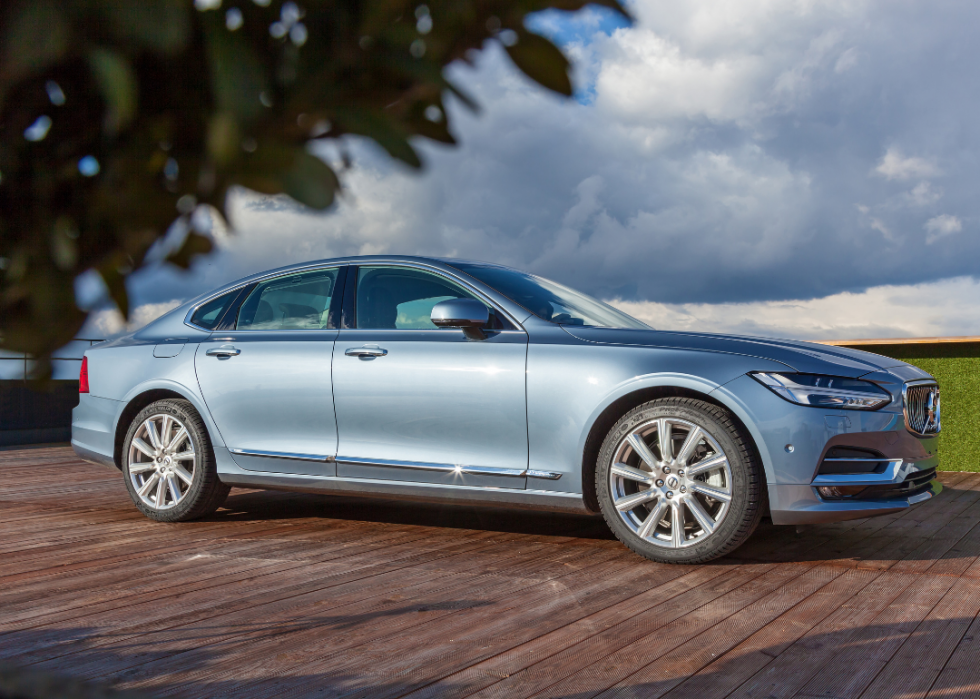
#6. Volvo S90
- Average depreciation of models purchased between 2018-2020: 43.6% ($33,343 average cost)
- Average depreciation of models purchased between 2014-2017: 51.6% ($28,615 average cost)
- Average price of new vehicle: $59,157
The Volvo S90's low predicted reliability rating accounts for some of its depreciation. It does boast high-tech features and impressive fuel efficiency. Prizing comfort over sportiness, the S90 underperforms compared to its rivals on handling and cargo space. Volvos are generally solidly built cars, meaning mechanics may not be prepared if any issues arise. Most maintenance is then done at dealerships, and even then, spare parts are hard to come by and need to be ordered. Like other luxury cars, Volvos are more attractive to rookie car buyers.
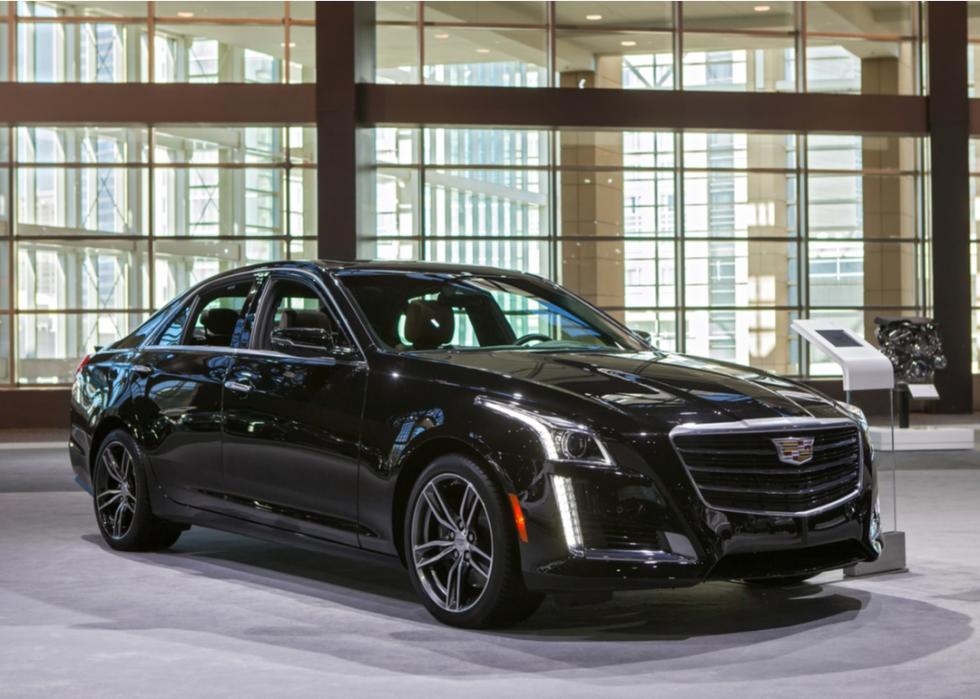
#5. Cadillac XTS
- Average depreciation of models purchased between 2018-2020: 45.0% ($27,318 average cost)
- Average depreciation of models purchased between 2014-2017: 57.8% ($20,926 average cost)
- Average price of new vehicle: $49,627
With a powerful V6 engine, the Cadillac XTS is roomy with a large cabin and extra-large trunk. The infotainment system is not as streamlined as its competitors, and it has a slower engine than some of its rivals. Cadillac offered payment deferrals due to the COVID-19 pandemic along with other perks. Still, Cadillacs are luxury vehicles and demand is highest for brand new vehicles. Cadillacs then have high depreciation since most of the clientele buying used are doing so to save on costs. More practical cars appeal to most buying used.
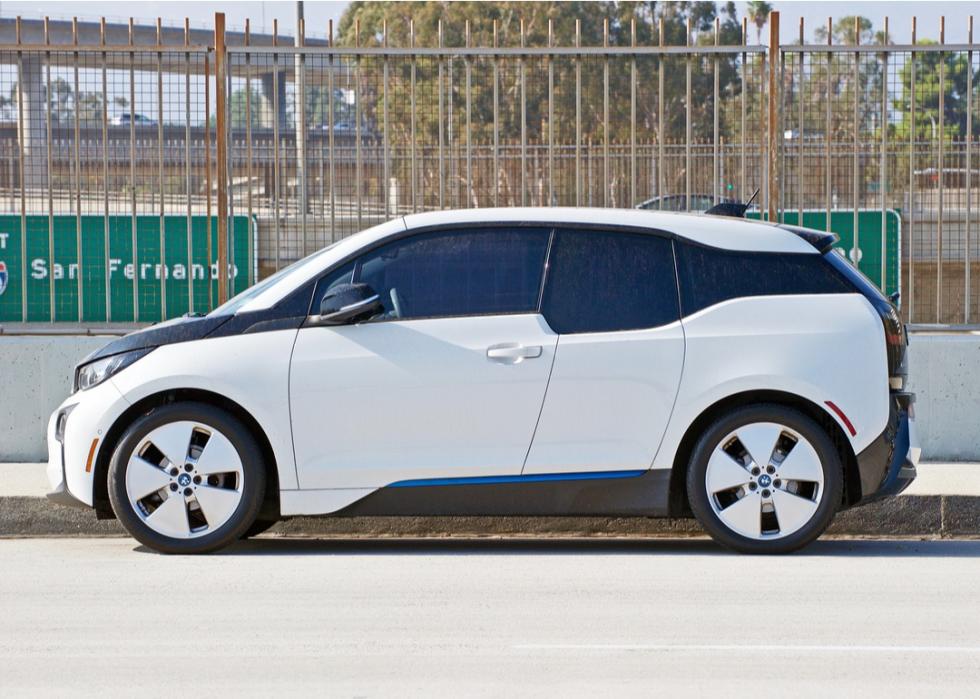
#4. BMW i3
- Average depreciation of models purchased between 2018-2020: 50.2% ($25,952 average cost)
- Average depreciation of models purchased between 2014-2017: 65.0% ($18,238 average cost)
- Average price of new vehicle: $52,108
BMW's i3 model hits several of the factors making for a fast-depreciating car: It's electric, it's luxury, and it's a BMW, a brand used car buyers are leery of in general due to the well-known maintenance costs. This electric sedan can be charged in less than six hours and can travel up to 153 miles per charge. The i3 is more expensive than its competitors, even after tax credits are taken into account. Sales of the i3 were down 70% in 2020 due to the COVID-19 pandemic's depressive effect on the new car market. Sales for BMW overall in the U.S. were down 18% year-over-year.
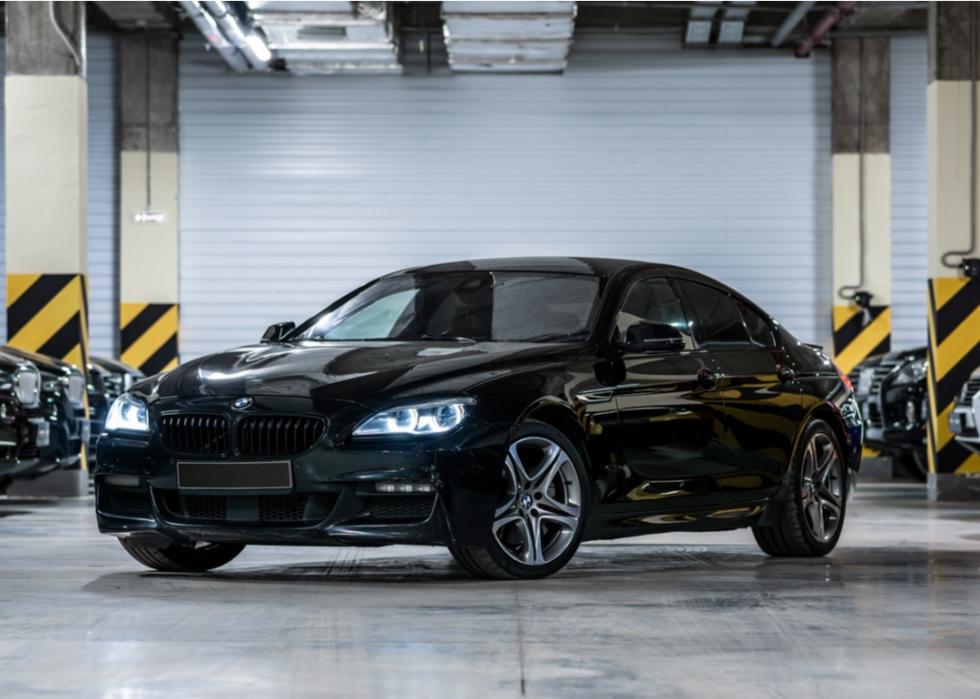
#3. BMW 6 Series Gran Coupe
- Average depreciation of models purchased between 2018-2020: 51.2% ($54,612 average cost)
- Average depreciation of models purchased between 2014-2017: 66.5% ($37,463 average cost)
- Average price of new vehicle: $111,885
Another BMW on the list, the BMW 6 Series Gran Coupe is a four-door coupe with a six-cylinder engine. If you service BMWs at the dealership, the cost is higher than at an independent specialist (which still isn't cheap.) Electrical faults are common with used 6 Series and are costly to repair. The 6 Series Gran Coupe ceased being produced in February 2017 without much fanfare from BMW. The 8 series has become the flagship model for the German car brand.
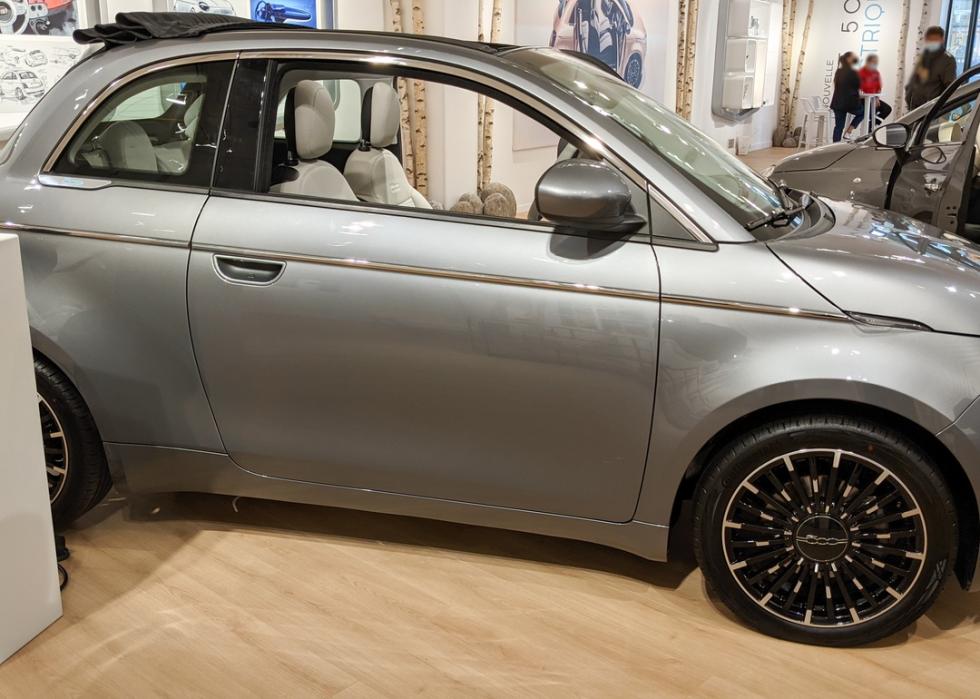
#2. Fiat 500e
- Average depreciation of models purchased between 2018-2020: 53.5% ($15,318 average cost)
- Average depreciation of models purchased between 2014-2017: 73.3% ($8,770 average cost)
- Average price of new vehicle: $32,907
The Fiat 500e is an electric hatchback that gets up to 199 miles on a single charge. It also boasts a "fast charge" of up to 30 miles in 5 minutes. Like other electric cars on this list, the 500e depreciates steeply in part because the tech evolves quickly in the EV market, and newer models are more desirable. The 500e was discontinued in North America for the 2020 model year in favor of larger Fiat models. The model still dominates in its native Italy and throughout Europe. Overall sales for Fiat Chrysler in the U.S.were down 17.4% in 2020 due to the pandemic.
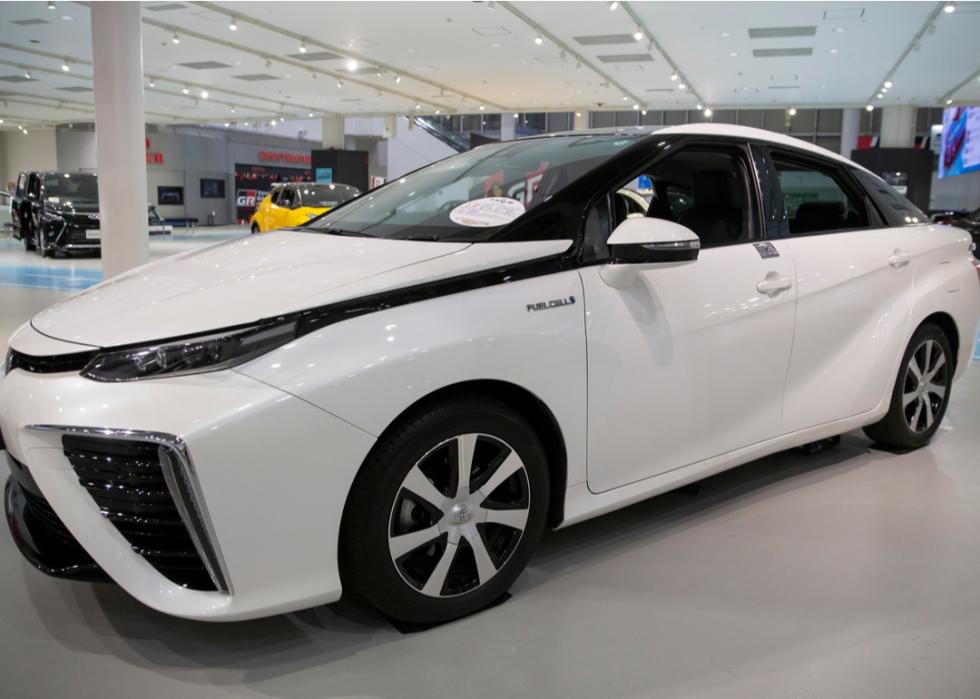
#1. Toyota Mirai
- Average depreciation of models purchased between 2018-2020: 68.1% ($18,530 average cost)
- Average depreciation of models purchased between 2014-2017: 76.5% ($13,624 average cost)
- Average price of new vehicle: $58,032
The top spot on the list for highest average depreciation goes to the Toyota Mirai. The fuel-cell sedan is only sold in California due to limited hydrogen fuel infrastructure in the rest of the country. This is a big reason the car depreciates so fast: Owners must thoughtfully plan trips to the hydrogen stations and can't drive their cars outside of California. They also cannot drive far from one of the hydrogen stations, of which there are only 52 in the state (with more in the works) clustered around L.A. and Orange County. And even then, sometimes the stations run out of fuel, making driving an occasionally frustrating experience. Although there was much hype about the alleged low cost of upkeep and refurbishment for hydrogen cell cars, the market has not yet caught on to the technology.
Still, the high depreciation rate can mean the Mirai is an attractive option to Californians in the used car market who want to get in on hydrogen fuel. Even new 2021 models are selling for around $9,000 less than the 2020 models. Plus, Toyota provides complimentary fuel for up to six years or $15,000, whichever comes first, and that carries through to certified pre-owned Mirais sold at Toyota dealerships. But those looking to buy a new Mirai must carefully weigh the clean energy pros with the infrastructure woes that add unique complications to driving and fueling.



